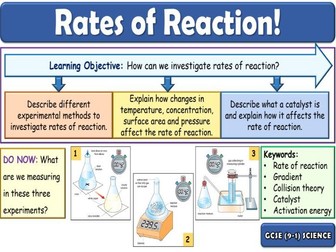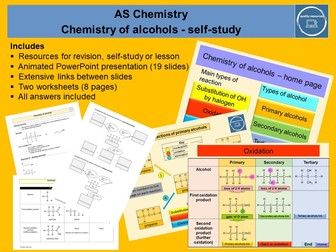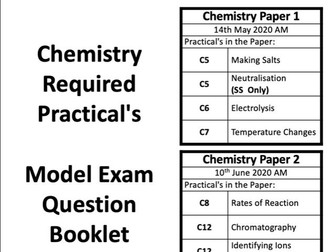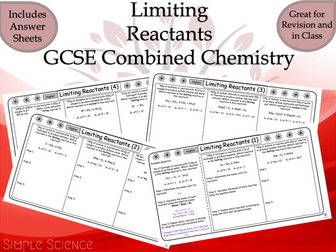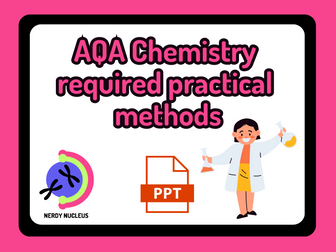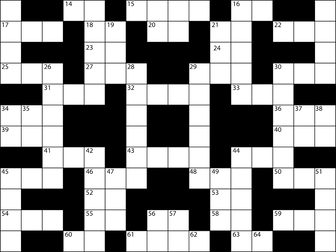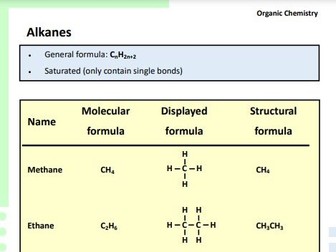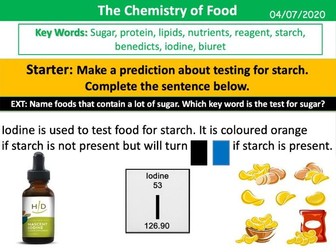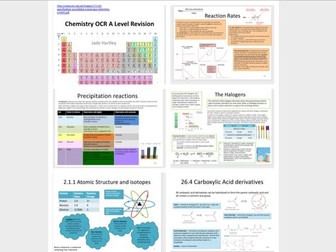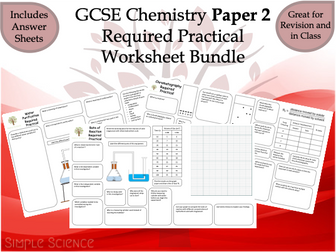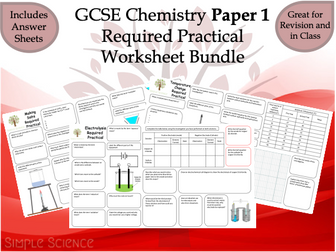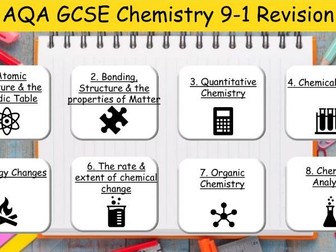
Quantitative Chemistry - AQA
UPDATED MAY 2019 with workbook for the whole unit!
As promised, here is the whole of Unit 3: Quantitative Chemistry for the New AQA Combined Science Trilogy.
Every lesson is covered exactly to the specification with a plethora of worksheets and homeworks.
I have also included a scheme of work for the unit, with blooms taxonomy learning objectives paired with the new GCSE grades.
I can confidently state that this is the most comprehensive and high quality resource I’ve ever made, I hope you’ll agree.
Highly animated presentations & resources include:
3.1.1 - Conservation of mass & balanced symbol equations + 3 x worksheet + 1 x homework
3.1.2 - Relative formula mass + 2 x worksheet + 1 x homework
3.1.3 - Mass change when reactant is a gas + 1 x worksheet + 1 x homework
3.1.3 - Mass change when product is a gas + 1 x worksheet + 1 x homework
3.1.4 - Chemical Measurements
3.2.1 - Moles + 3 x worksheet + 1 x homework
3.2.2 - Amounts of substances in equations + 2 x worksheet + 1 x homework
3.2.3 - Using moles to balance equations + 2 x worksheet.
3.2.4 - Limiting reactants + 1 x worksheet
3.2.5 - Concentrations of solutions + 5 x worksheet + 3 x homework.
+ Scheme of work
